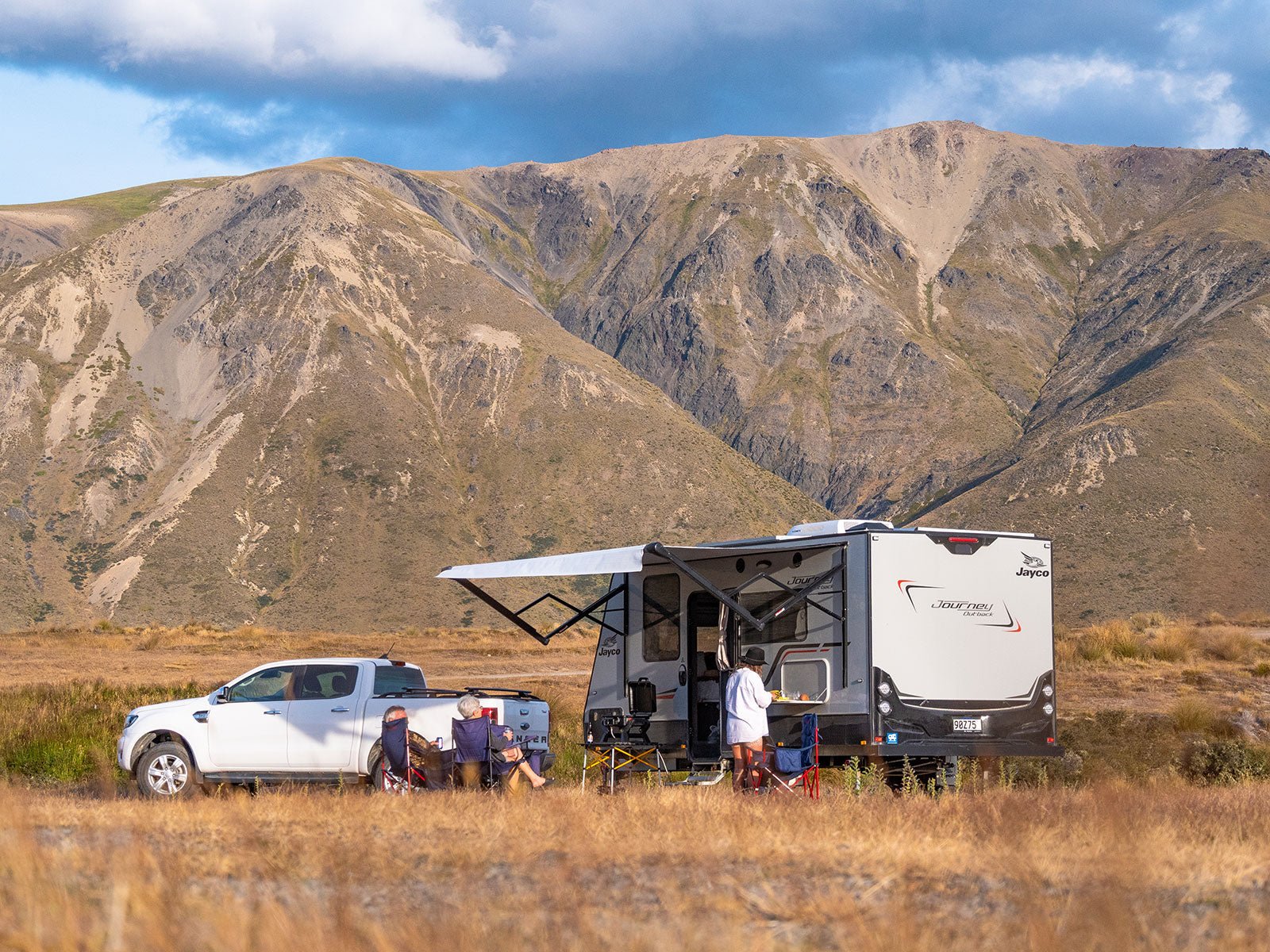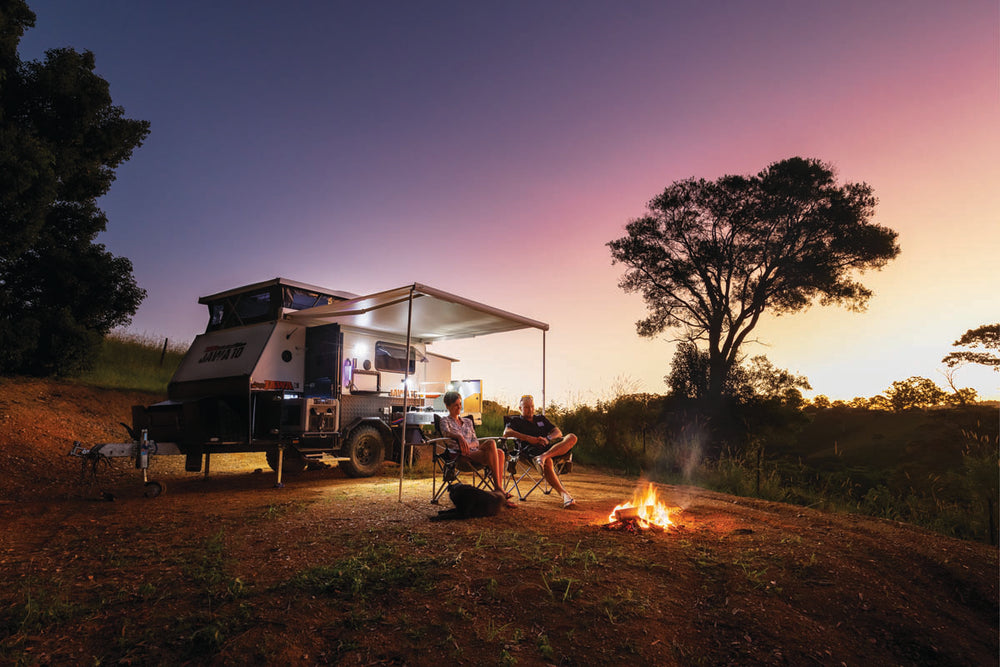The Sovereign Capability of the Australian RV Industry (CIAA)

The past few years have seen Australians fall in love with the open road again. After being locked up through COVID-19, we have spread our wings and headed to our regional and rural areas for holidays in strong numbers. This too has seen growth in our own industry, with boosted demand for local and domestically manufactured product. In fact, the height of current manufacturing figures has not been seen since Cyclone Tracey in 1974.
Over the course of 2022, the largest number of new recreational vehicle registrations ever was welcomed into the Australian market, with nearly 50,000 new registrations hitting the road. Recreational vehicle manufacturing is, without a doubt, one of Australia’s largest remaining bastions of sovereign automotive manufacturing, with local manufacturers pushing more than 28,000 units out their doors last year — up 17.1 per cent from the previous year.
The pandemic highlighted a number of points for the industry. It demonstrated, as it has done many times before, its resilience and ability to pivot, adapt and move forward through challenging circumstances. Yet, one of the strongest points to come through was what the industry means to Australia. It resides as a continuous thread in our collective fabric.
However, one of the challenges presented to the industry, like many others, was the fragility of international supply chains and Australia’s dependence on them (largely China). Even though the majority of RVs are produced in Australia, they are constructed from both domestic and imported components. Supply chain disruptions (not exclusively caused by the pandemic and some ongoing) coupled with labour shortages and lockdowns, resulted in wait times for new caravans during the pandemic being pushed out to frustratingly far delivery dates.
The cost of importing goods has risen and we expect will continue to rise, with our key markets continuing to focus internally and battling skills shortages and contracting productivity levels. All elements that contribute to making imports far less financially attractive.
Combine this with the shaky foundation of international supply chains that are subject to many vulnerabilities outside the control of any one government, and it is a strong argument for Australia to focus on the restoration of domestic manufacturing capabilities. In fact, it was for similar reasons that automotive manufacturing first started to develop within Australia in the early 1900s, mostly for the logistic isolation of our island continent. However, as of 2015-16, the sector has all but shut up shop; designing cars locally, only to be produced offshore and shipped back.
Though it is unlikely that recreational vehicles will follow suit entirely, there needs to be strategic realignment to fortify and sustainably grow the sector. Headwinds and complications continue to emerge that will play a role in shaping what the future of the sector looks like.
These can be as far flung as drought conditions in Europe draining the rivers and canals used in shipping lines, or issues much closer to home, such as the fact that China is ever increasingly focusing on its own domestic production while decreasing its exports combined with the rising cost of transporting those exports. You can even add to the pot of factors outside logistics, such as the commercial race to develop economically viable alternative fuels and vehicles, driven by government and consumer expectations, with the need to be able to adapt manufacturing designs and capabilities rapidly to stay competitive and concurrent.
The shifting sands of global markets are unpredictable by nature and Australian businesses have increasingly less control over the procurement and availability of materials and goods, in turn causing stalls in output. This issue is economy-wide and has affected even essential services such as healthcare in the supply of medical equipment and personal protective equipment (PPE).

Australia currently ranks lowest among developed countries in manufacturing self-sufficiency, producing only around two-thirds of what it consumes. The wide gaps in our manufacturing capabilities have been identified by the Federal Government as a broad-reaching issue and it has made it a key focus area of the National Reconstruction Fund. The Fund is a $15 billion initiative to be injected into critical infrastructure projects across the country, with the aim of creating jobs, boosting economic growth and improving the nation’s overall resilience.
If we choose to look away from a potential horizon, the industry could face real risks of being left behind in the race to net zero, the ever-increasing costs of imported components, losing the ability to price competitively, and potentially losing the ability to remain profitable.
The good news is recreational vehicle manufacturing in Australia is already ahead of the pack. The industry has the advantage of strong tradition, know-how and existing infrastructure; there’s no need to build from the ground up. However, what does need to happen is diversification, innovation and further development of our manufacturing capabilities to break the shackles of dependency on international supply chains and secure our place as an innovation leader into the future.
Stuart Lamont
Chief Executive Officer
THE NEXT STEP
If you need help choosing your first caravan or are considering upgrading your existing one, check out the caravans available on TradeRVs today.
The sellers will be happy to help and answer any inquiries you may have about the products advertised for sale.
RELATED ARTICLES:
The Road Vehicle Standards Act 2018 and How It Will Help







